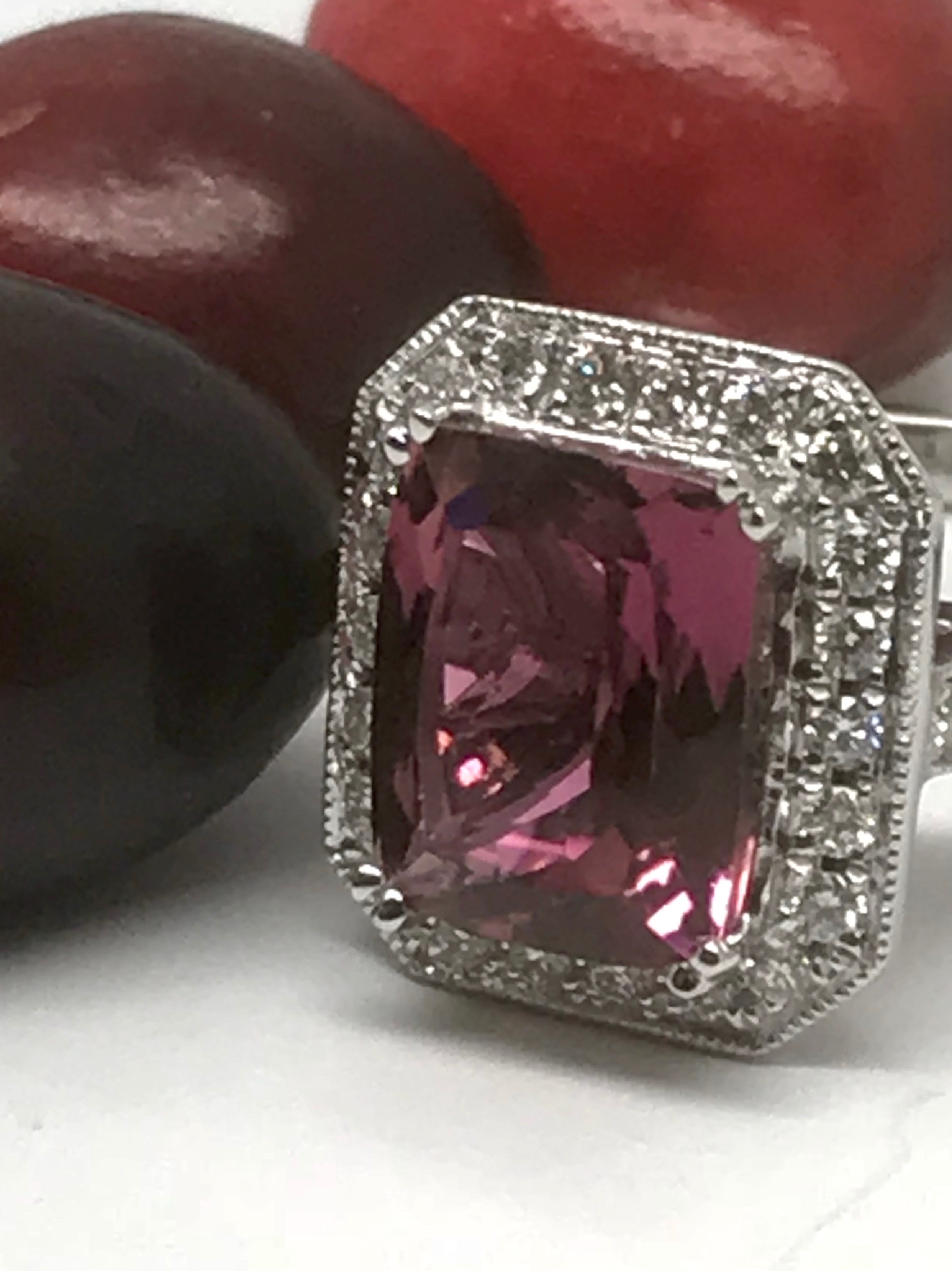
TOURMALINE
This amazing gemstone species has one of the widest color ranges of any colored gemstone. Rich reds to pastel pinks and peaches; intense emerald greens, vivid yellow to stunning blues. It was discovered in Brazil in the 1500s. Besides having this wide variety of colors, it also has scientific properties that people do not realize. It is pyroelectric and piezoelectric.
Geek information for you science nerds:
Pyroelectric definition: becomes electrically charged when heated.
Piezoelectric definition: the able to convert mechanical signals (sound waves) into electrical signals and vice versa. Used in microphones, phonograph pickups and earphones! They can generate a spark for igniting gas as well.
Often Tourmaline crystals come in all shapes and sizes, which vary with the variety of Tourmaline. The most expensive and famous varieties of Tourmaline is the vivid blue to green colored by copper, Elbaite. The Paraiba colored Tourmaline is the most stunning, electric, neon-blue. Worth the Internet search (check GIA.edu). Tourmalines are pleochroic, this means that if you look at the stone one way it looks one color, turn it 90 degrees and it looks a different hue. Most green Tourmalines are strongly pleochroic. But, the most popular of the red hue is called Rubellite. It can resemble good quality ruby, but lacks the fluorescence (internal glow if you will). Shades vary from red to a beautiful pink. Most red Tourmalines have a strong purplish component.
The lore: Some healers think that green Tourmaline is suited for males. It has strong energy. It clears up stress and confusion. It is believed to foster prosperity and financial success.





